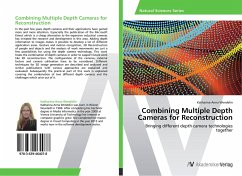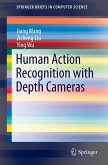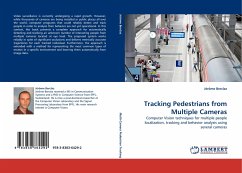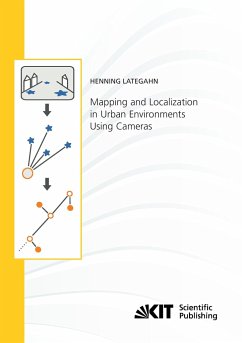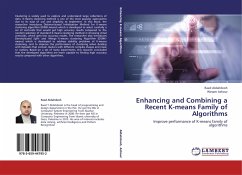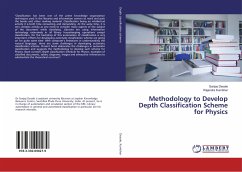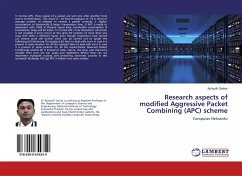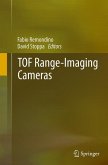In the past few years depth cameras and their applications have gained more and more attention. Especially the publication of the Microsoft Kinect which is a cheap alternative to the expensive industrial cameras has initiated the research and development in this area. Adding depth information to images makes it possible to develop a lot of different application areas. Gesture and motion recognition, 3D Reconstruction of people and objects and the analysis of work movements are just a few possibilities for using the depth camera technology. This work treats the combination of depth cameras in order to support future work like 3D reconstruction. The configuration of the cameras, external factors and camera calibration have to be considered. Different techniques for 3D image generation are described and analyzed and similar publications with various approaches are explained and evaluated. Subsequently the practical part of this work is explained covering the combination of two different depth cameras and the challenges which arise out of it.
Bitte wählen Sie Ihr Anliegen aus.
Rechnungen
Retourenschein anfordern
Bestellstatus
Storno

